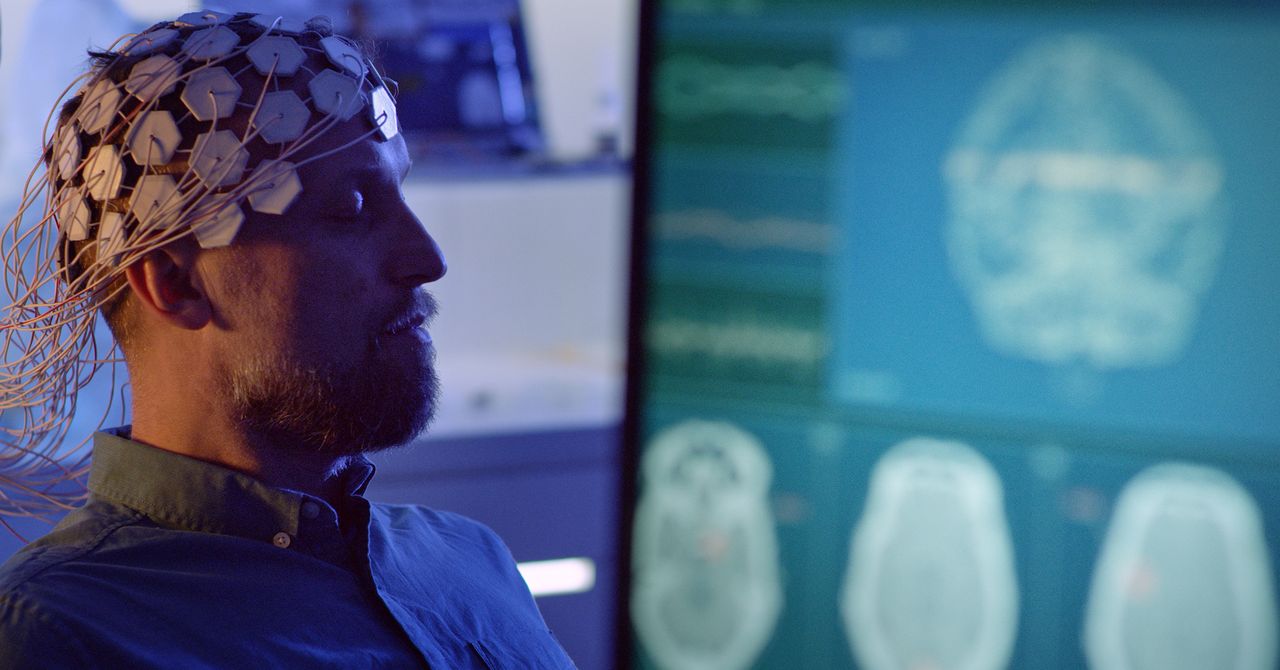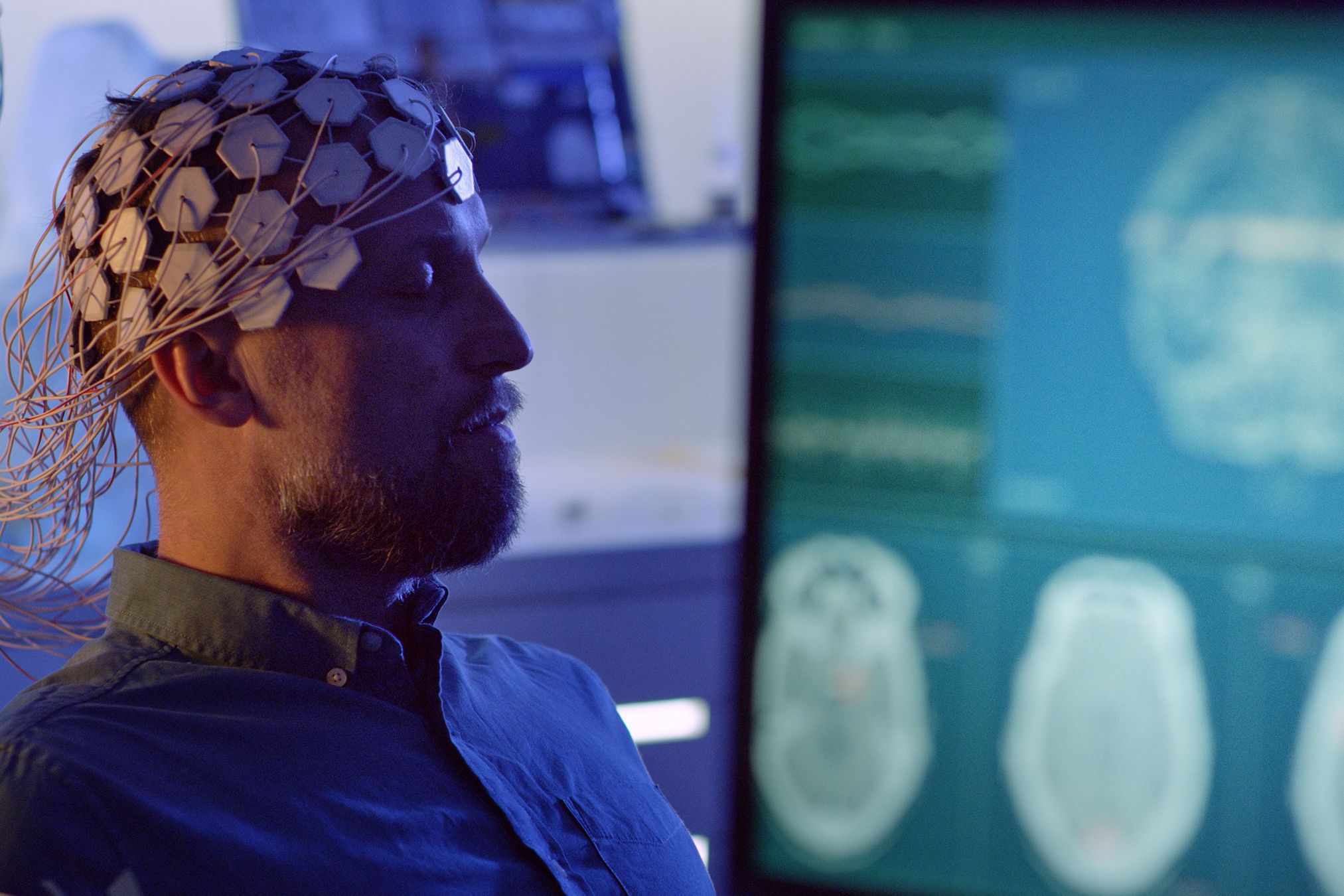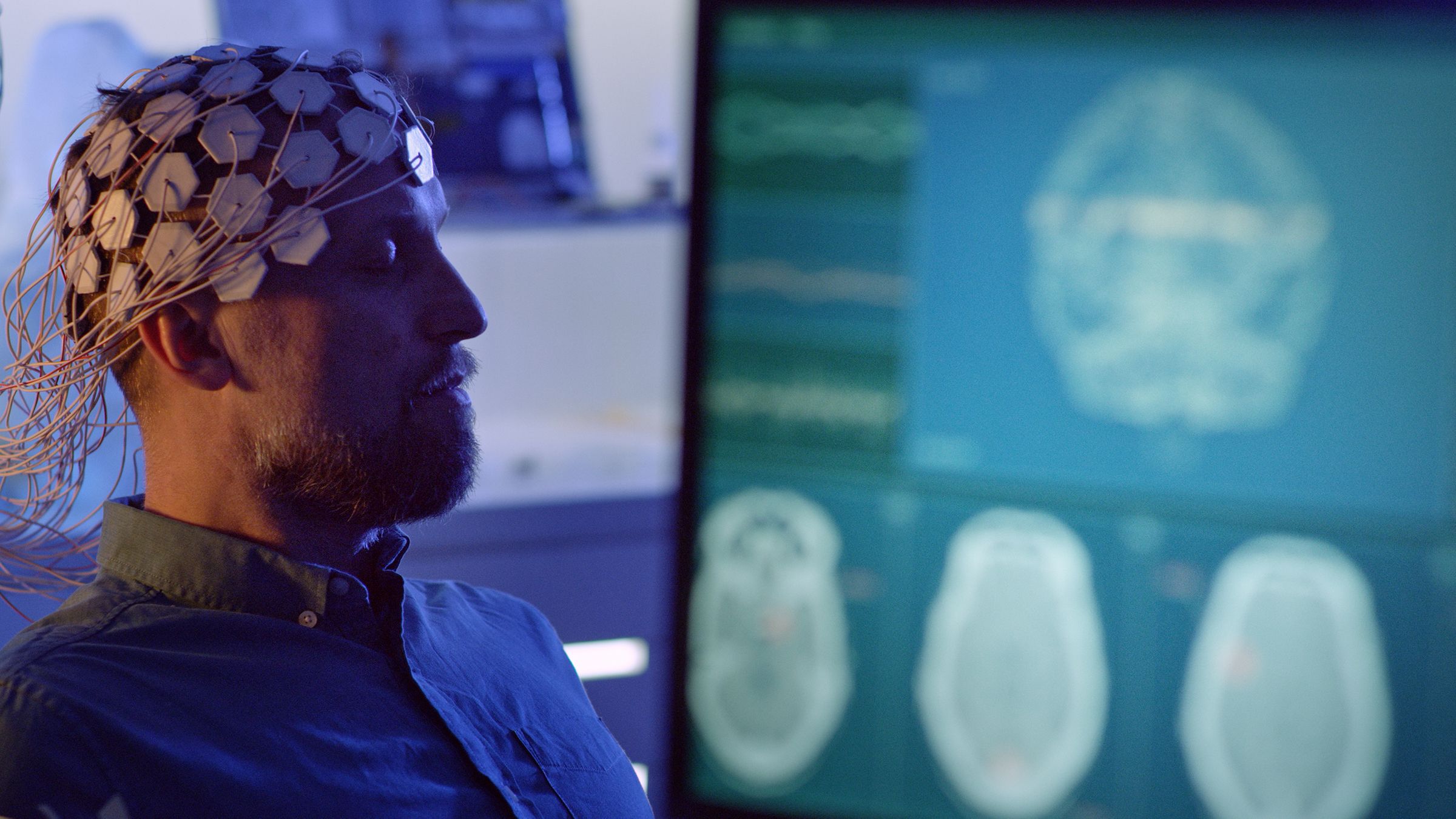Key Points
- Cleveland Clinic partners with Piramidal to create an AI model for continuous EEG monitoring in ICUs.
- The model is trained on nearly a million hours of EEG data from thousands of patients.
- It aims to flag neurological abnormalities within seconds, improving real‑time decision making.
- A controlled live‑patient trial is planned within the next six to eight months, followed by a phased rollout.
- Piramidal reports “humanlike” performance but has not released specific accuracy figures yet.
- Future uses include epilepsy and sleep monitoring, as well as consumer EEG applications.
- Ethical experts stress the need for frameworks to address data privacy and responsible use.


Image may contain EEG Scan Accessories Adult Person EEG electrodes Brain scans Computer Hardware Electronics and Hardware
Background and Motivation
The Cleveland Clinic has teamed up with Piramidal, a startup founded in 2023 by neuroengineer Dimitris Fotis Sakellariou and product strategist Kris Pahuja, to create a large‑scale AI model for monitoring brain activity in intensive care units. Traditional ICU monitoring relies on periodic EEG reports generated every 12 or 24 hours, a process that can take two to four hours to review and is highly dependent on specialist expertise. As Imad Najm, director of the Epilepsy Center at the Cleveland Clinic’s Neurological Institute, explains, “This type of thing is time‑consistent. It is subjective, and it is experience- and expertise-dependent.” The new AI system seeks to replace this bottleneck with continuous, automated analysis.
The AI Model and Its Training Data
Piramidal’s model functions as a “foundation model” for the brain, analogous to large language models for text. It was trained on publicly available EEG datasets as well as proprietary recordings from the Cleveland Clinic and other partners, incorporating nearly a million hours of EEG monitoring data from “dozens of thousands” of patients, both neurologically healthy and unhealthy. This massive data volume is intended to capture the wide variability in brain‑wave patterns across individuals, enabling the model to generalize across diverse patient populations.
How the System Works
The AI continuously ingests raw EEG streams and uses learned patterns to identify signs of seizures, altered consciousness, or declining brain function within seconds. According to Piramidal’s chief product officer Kris Pahuja, “Our model plays that role of constantly monitoring patients in the ICU and letting the doctors know what’s happening with the patient and how their brain health is evolving in real time.” This rapid flagging is designed to give clinicians a chance to intervene sooner than the current manual review process allows.
Testing, Validation, and Deployment Plans
After initial development using retrospective patient data, the partnership intends to conduct a tightly controlled live‑patient trial in the next six to eight months, initially involving a limited number of ICU beds and physicians. The rollout will be gradual to manage false‑positive and false‑negative rates, which Najm describes as a “big problem that keeps us awake at night.” While Piramidal has not disclosed specific accuracy metrics, it claims the model has achieved “humanlike” performance when evaluated against a network of doctors and plans to publish detailed results later.
Broader Applications and Future Directions
Beyond ICU monitoring, Piramidal aims to adapt the foundation model for epilepsy management and sleep monitoring. The company’s founders also note that other firms, such as brain‑computer‑interface developer Synchron, are pursuing similar foundation‑model approaches to broaden the usability of neural‑signal technologies. Consumer‑oriented applications, like EEG earbuds that gauge emotional states, are also on the horizon.
Ethical and Societal Considerations
The expansion of AI‑driven brain monitoring raises significant questions about data privacy, consent, and the appropriate contexts for deployment. Caroline Montojo, president and CEO of the Dana Foundation, emphasizes that “Advancements like this one highlight the need for anticipatory ethical frameworks that support responsible development and use of these technologies.” She calls for early involvement of ethicists, social scientists, legal scholars, and patients in the design process.
Source: wired.com
